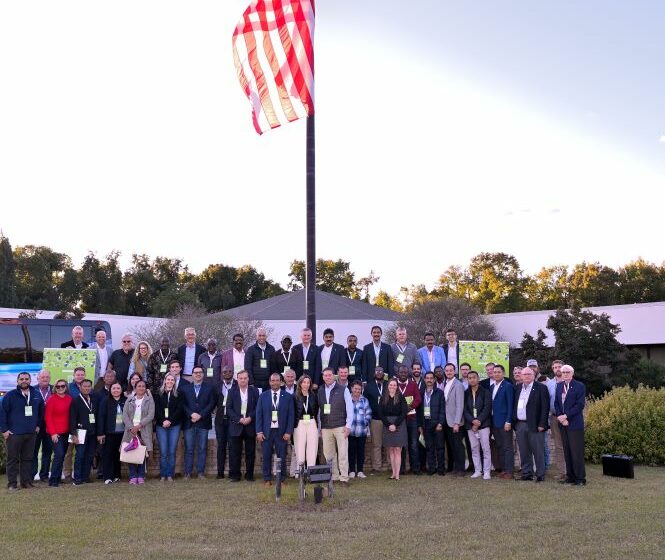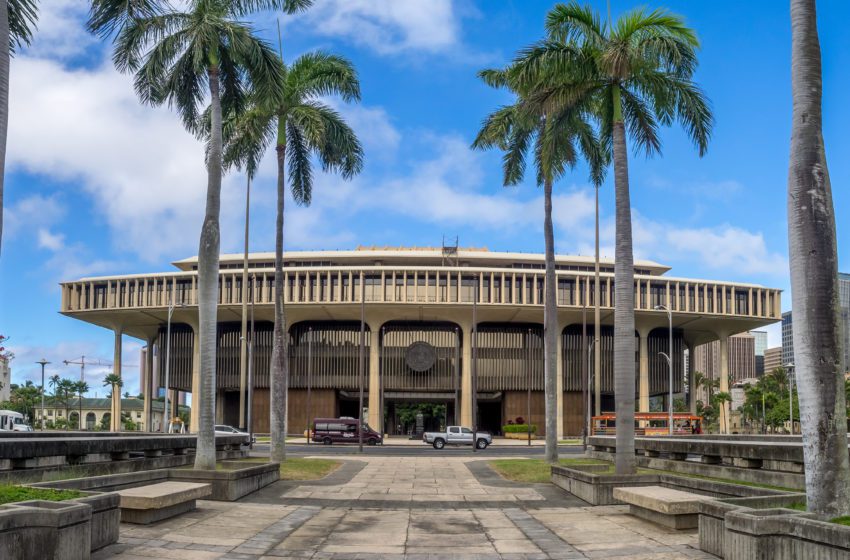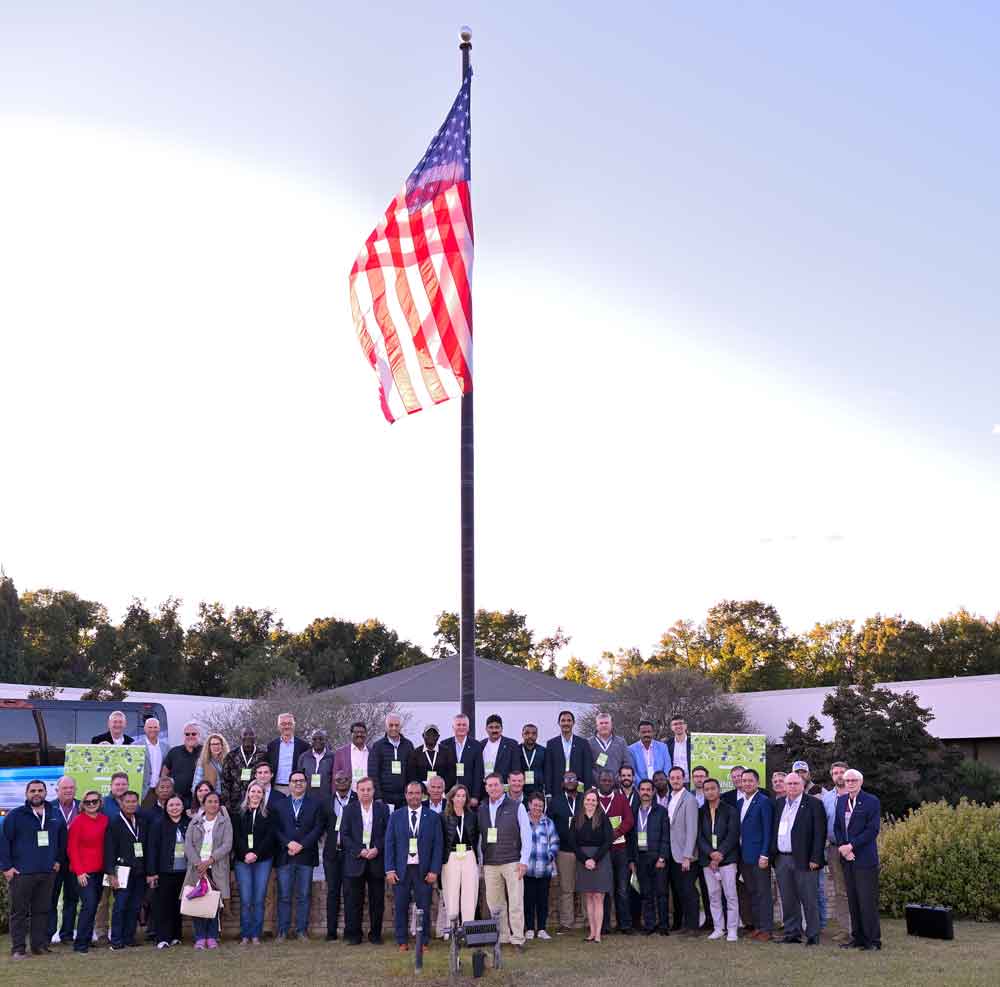
Participants in ITGA’s annual meeting debated the challenges and opportunities facing their sector and obtained an in-depth understanding of U.S. tobacco farming.
By Ivan Genov

The International Tobacco Growers Association (ITGA) held its 2024 annual general meeting (AGM) Oct.15–18 in Raleigh, North Carolina (N.C.), USA. The birthplace of flue-cured “bright leaf” was the perfect location to wrap up a year full of activities, which included regional meetings in the Americas and Africa, global campaigns and numerous visits focusing on grower challenges.
Hosted by the Tobacco Growers Association of North Carolina (TGANC), the meeting included a four-day dynamic program concentrating on the practical side of farming in the U.S. Notably, the association’s members reelected the ITGA’s president, Jose Javier Aranda, for another term. His efforts to defend the legitimate interests of farmers around the world have expanded to most of the leading tobacco-growing markets. As a result, the AGM was attended by a record number of delegates, including representatives from Argentina, Brazil, the European Union, India, Malawi, the Philippines, Tanzania, the USA, Zambia and Zimbabwe.
The meeting started with a guided tour of the Universal Leaf Factory in Nashville, North Carolina. The facility is the company’s biggest and most advanced plant in the world. Today, it has the capacity to process the entire yearly U.S. crop. Delegates from other regions were able to compare the process to their own markets, but the sheer size of the facility is surely to leave them with a lasting memory. This was followed by a visit to a live auction, a unique experience that is rarely seen in any other place. For example, tobacco growers from Kentucky were sad to note the absence of auctions in their state.
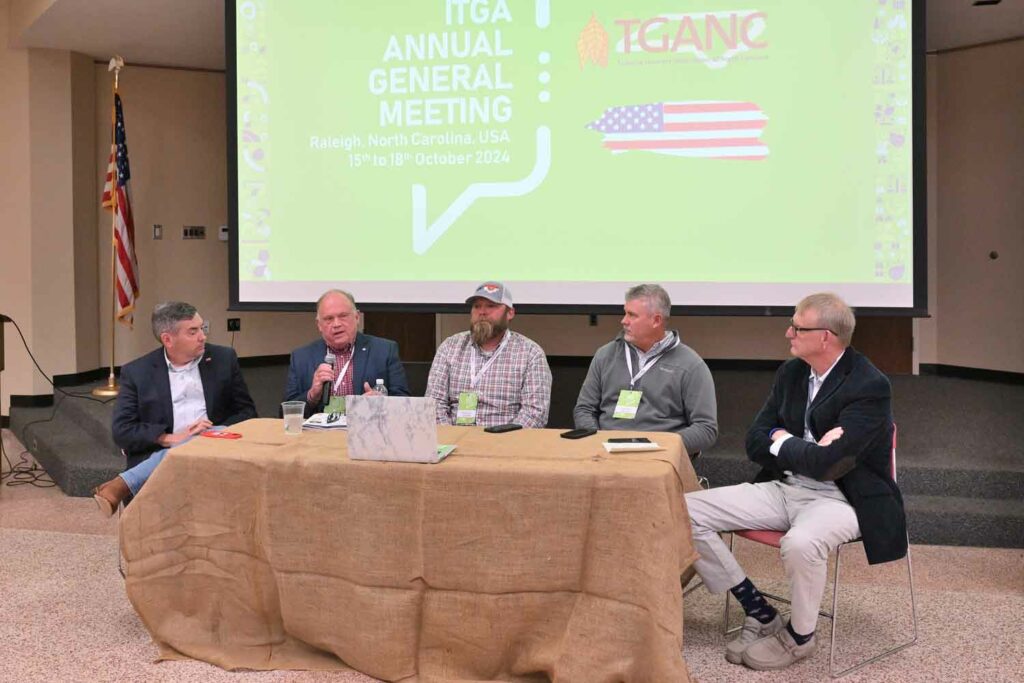

The open day conference started with an overview of the ITGA’s strategic objectives. Currently, the ITGA focuses on four pillars—information, tobacco sector advocacy, strategic partnerships and reinforcement of the membership base. ITGA CEO Mercedes Vazquez went through the association’s substantial data reserves and capabilities, campaigns to help bring attention to the enormous socioeconomic impact of tobacco growing, such as the May 31 World Understanding Tobacco Farming Day and the Oct. 28 World Tobacco Growers Day, along with the association’s recent participation in the InterTabac/InterSupply trade fair, which presented four ITGA member associations an opportunity to obtain greater visibility. This is particularly important to entities such as Fedetabaco in Colombia, which went through an extraordinary transformation after leading companies left the market with little notice and no alternatives.
Shane MacGuill, Euromonitor International’s global lead for nicotine and cannabis, provided an in-depth global overview of consumption trends. MacGuill noted that the U.S. market is characterized by an ongoing realignment of consumption behavior in the context of overall flat nicotine volume evolution. Among the most significant global tobacco drivers for the future will be regulatory innovation, including sustainability, cost-of-living crises and risk of impaired sensitivities, along with a broadening of the nicotine universe, according to MacGuill. Currently, the Middle East and Africa are the only cigarette markets experiencing growth, compared with significant declines in Europe and North America.
The top volume growth cigarette markets in the next five years, according to Euromonitor, will be Ethiopia, the United Arab Emirates, Cambodia, Egypt and Lebanon while the biggest volume declines are expected in New Zealand, Australia, Denmark, the United Kingdom and Ireland. In the reduced-risk products space, heated tobacco is establishing itself as the key format as significant e-vapor value migrates to illicit markets. Euromonitor’s estimates of the total nicotine market (excluding China), which includes legal and illicit sales and all categories, traditional and novel, indicate striking overall nicotine resilience. In stick-equivalent terms, global volumes are expected to remain unchanged from 2018 to 2028. In addition, the reduced-risk categories are gaining share of the total nicotine universe, but by 2028, it is likely that cigarette sales will still account for three in every four nicotine units. Regarding one of the newest tobacco categories, nicotine pouches, growth is predominantly centered in the U.S., with no evidence of serious traction elsewhere. In the “beyond nicotine” category, manufacturers’ activity remains patchy as the cannabis revolution slows down.
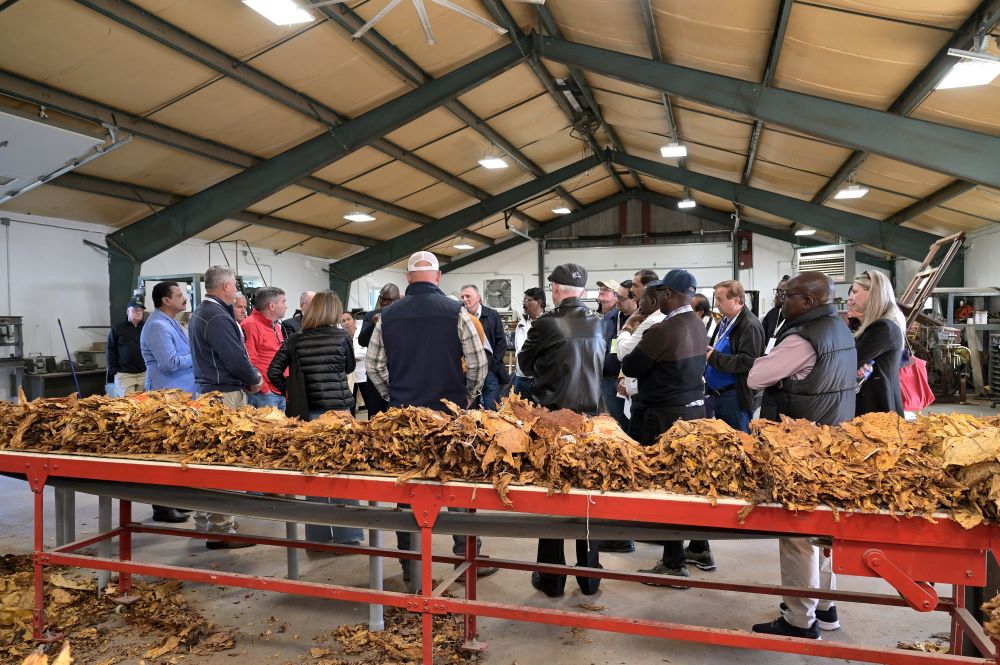
Ivan Genov, ITGA manager of tobacco industry analysis, provided information about tobacco leaf production trends. In 2024, the biggest tobacco variety, flue-cured Virginia (FCV) was characterized by short crops. Unfavorable weather affected some of the leading FCV markets. In Brazil, more humid and warmer climate resulted in lower productivity (see “The Great Scramble,” Tobacco Reporter, May 2024). FCV final volume output was 461 million kg against 551 million kg in 2023. Zimbabwe, which declared a state of disaster during the growing season, registered one of the lowest rainfalls on record. Consequently, production went from 296 million kg in 2023 to 231 million kg in 2024. At the same time, burley production is rising, with Malawi being one of the year’s star performers. The marketing season brought growth in both volume and value terms and expectations for an even better 2025. Another market to pay attention to, Tanzania, was unable to reach the government target of 200 million kg. Nevertheless, local growers produced 116 million kg, twice as much as in 2022. The local ministry of agriculture remains optimistic that Tanzania could become the biggest tobacco exporter in Africa. In summary, demand for tobacco leaf continues to exceed supply on the global markets. Major leaf dealers report low levels of uncommitted stocks, and tobacco is sold very quickly. Current forecasts suggest a larger crop in 2025, but problems that have built up for many years, including thin profit margins for growers, lack of continuity and other social and environmental issues, are now reaching a tipping point.
The topic was further unpacked in a panel that was moderated by TGANC Executive Vice President Graham Boyd and featured leaf sales executives from Alliance One and Universal Leaf North America. While some expected the FCV market to balance in 2025 and burley in 2026, others, particularly in the audience, saw this happening in a longer time frame. Burley Stabilization Corp. CEO Daniel Green noted that three quarters of the U.S. burley production is now realized on the local U.S. market.
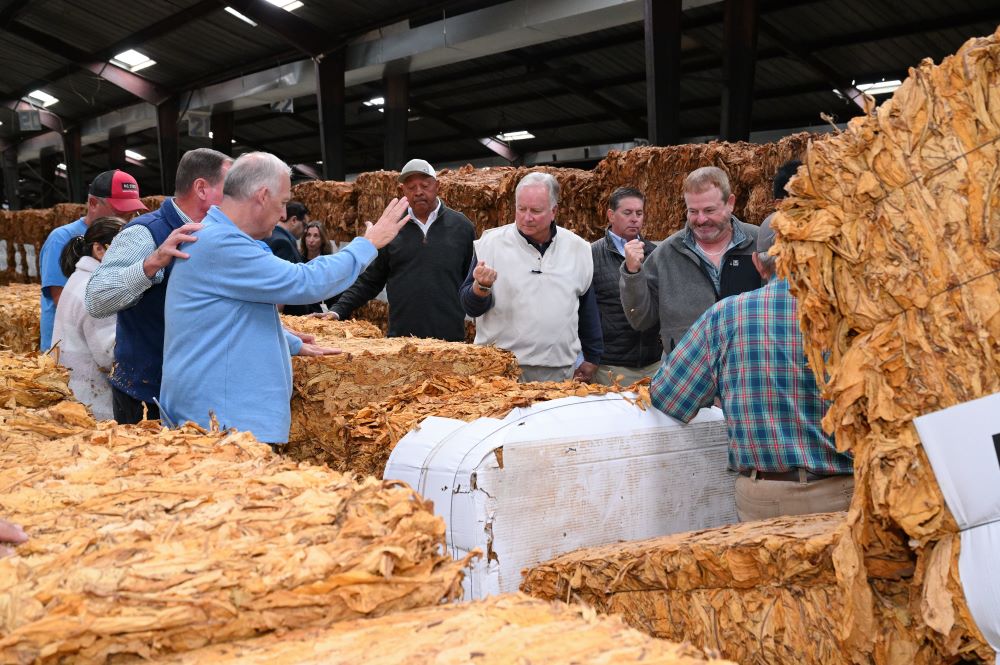
A panel moderated by William Snell from the University of Kentucky and featuring farmers with many generations’ worth of experience also sparked a lot of debate. Growers were united in the opinion that the issues faced by growers are the same in every market. TGANC President Matt Grissom expressed another sentiment shared by many growers—that they grow tobacco because they love to do it. However, underlying market changes are putting strong pressure on the community. The U.S. tobacco buyout program was also discussed in detail. At its start, stakeholders expected farms to consolidate, individual farm operations to get bigger, production to shift westward and yields to improve. The first three happened as predicted, but the last one failed to materialize, with yields remaining flat. This was also the key focus of ITGA research in 2024. The association interviewed leading agronomy experts to uncover the reasons behind flat or declining yields—a trend that goes against that seen in crops like corn, soybean and cotton. The research identified common factors impacting all growers as well as ones relevant to small scale against commercial growers. After identifying the issue, the ITGA will continue to analyze the underlying factors and come up with ways to address them.
The session also included a U.S. regulatory update by Universal Leaf Vice President of External Affairs Benjamin Dessart and a global regulatory overview by Michiel Reerink, international corporate affairs director and managing director at Alliance One International. Certain regulatory actions in the pipeline are likely to impact not only consumption but also the whole supply chain, including farmers. These include, for example, the discussions around nicotine reduction in the U.S. and the Due Diligence Directive in the European Union. Tracking regulations that impact growers directly remains a key focus area for the ITGA.
 As part of the AGM, delegates also visited a research farm in Oxford, North Carolina, where Loren Fisher, director of N.C. State Research Stations and Field Labs, explained how the U.S. conducts tobacco production research—how it allocates financing, for example, or how it handles technical aspects related to resilient varieties. ITGA delegates agreed that this is an incredible asset for local growers—one that needs to be kept at all costs. The group also visited a field where experts was noted that crop failures are welcome in the research environment as they help in the pursuit for productivity improvements for the future.
As part of the AGM, delegates also visited a research farm in Oxford, North Carolina, where Loren Fisher, director of N.C. State Research Stations and Field Labs, explained how the U.S. conducts tobacco production research—how it allocates financing, for example, or how it handles technical aspects related to resilient varieties. ITGA delegates agreed that this is an incredible asset for local growers—one that needs to be kept at all costs. The group also visited a field where experts was noted that crop failures are welcome in the research environment as they help in the pursuit for productivity improvements for the future.
Finally, ITGA delegates visited the N.C. State Fair, where tobacco featured prominently. The group witnessed a tobacco-stringing contest, visited the TGANC pavilion and came to appreciate the continuing importance of the golden leaf to their host state. This enduring significance was perhaps best captured by a sign stating that “North Carolina still has pride in tobacco”—a sentiment that was not only wholeheartedly shared by the AGM participants but even managed to grow stronger during their short visit to America’s Tobacco Belt.


